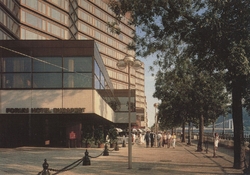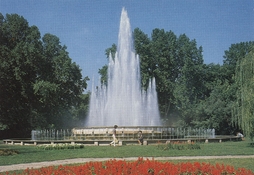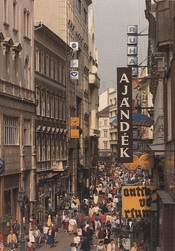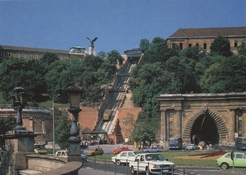CasioCassette
Member
I've found a dozen of these 1980s postcards of Budapest landmarks at home, had them scanned, and I'm loving the colours and vintage feel of these photographs.
How could I reach the colours like on these samples, using (35mm) film stocks available today? Is it even possible to come close to this colour palette? I would assume these were shot on transparency film, whatever stocks were available in Hungary at the time (for this reason I think Kodachrome is unlikely).
Would any of today's slide film be able to give back this atmosphere/palette? I also have lots of color correction and compensating filters to play around with, but don't really know where to start. Or perhaps I should try colour negative film? I have an upcoming trip to Budapest and thought I'd try if I could take some images that have the same vintage feel. I have Provia, Velvia 50, Velvia 100, and E100 in my fridge as well as some colour negative film.
I'm still quite a beginner in photography, and I'd be grateful for any and all advice and suggestions how I can go about it.
Thanks a lot!
How could I reach the colours like on these samples, using (35mm) film stocks available today? Is it even possible to come close to this colour palette? I would assume these were shot on transparency film, whatever stocks were available in Hungary at the time (for this reason I think Kodachrome is unlikely).
Would any of today's slide film be able to give back this atmosphere/palette? I also have lots of color correction and compensating filters to play around with, but don't really know where to start. Or perhaps I should try colour negative film? I have an upcoming trip to Budapest and thought I'd try if I could take some images that have the same vintage feel. I have Provia, Velvia 50, Velvia 100, and E100 in my fridge as well as some colour negative film.
I'm still quite a beginner in photography, and I'd be grateful for any and all advice and suggestions how I can go about it.
Thanks a lot!















